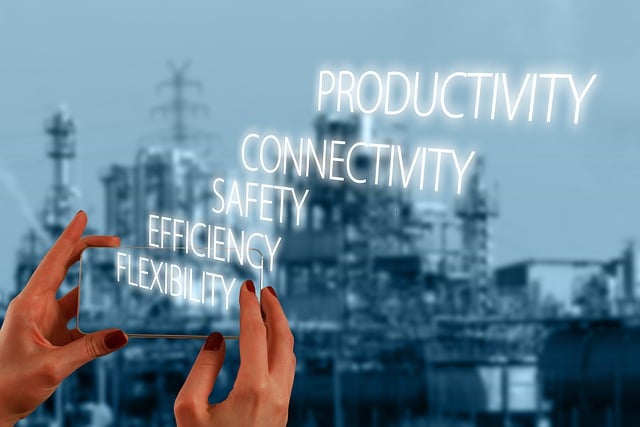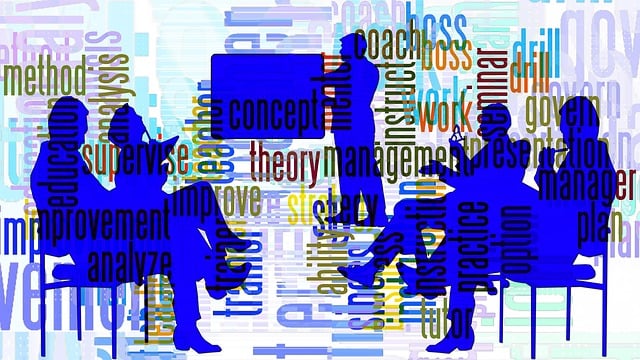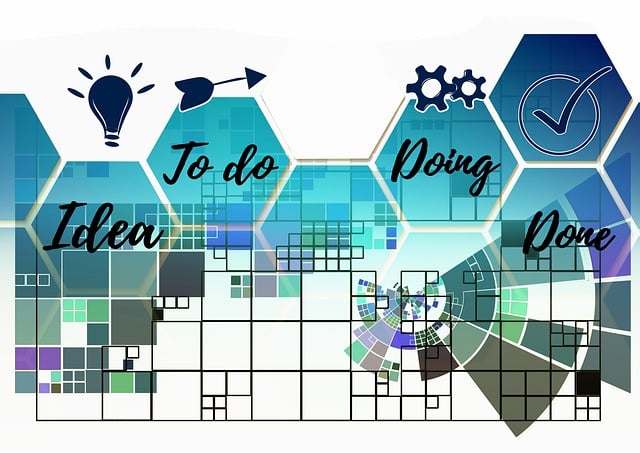Structured Process Improvement (SPI) leverages lean management and 5S training to enhance business processes by identifying inefficiencies and implementing targeted changes. Rooted in Japanese manufacturing practices, 5S training teaches employees the principles of sorting, setting in order, shining (cleaning), standardizing, and sustaining, creating visually appealing, organized, and safe workspaces. This method minimizes clutter, streamlines workflows, reduces waste, improves quality, and fosters continuous improvement through regular audits and ongoing training, ultimately driving sustainable growth and competitiveness.
In today’s competitive business landscape, efficient and standardized processes are key to success. Structured process improvement methodologies like 5S training and Lean management offer powerful tools for enhancing workplace organization and driving continuous improvement. This article delves into the fundamentals of structured process improvement, exploring how these principles can revolutionize operations through meticulous process standardization, ultimately boosting productivity and profitability. Learn about the role of 5S training, Lean management principles, and effective implementation strategies for sustainable results in your organization.
- Understanding Structured Process Improvement: A Foundation for Efficiency
- The Role of 5S Training in Workplace Organization and Continuous Improvement
- Lean Management Principles: Enhancing Process Standardization
- Implementing 5S Continuous Improvement for Sustainable Results
Understanding Structured Process Improvement: A Foundation for Efficiency

Structured Process Improvement (SPI) is a systematic approach to enhancing business processes by identifying inefficiencies and implementing targeted changes. At its core, SPI draws heavily from principles of lean management and 5S training, which focus on workplace organization and process standardization. By adopting these methodologies, organizations can create more streamlined workflows that eliminate waste and boost productivity.
This foundational understanding equips businesses with the tools to navigate complex challenges and foster a culture of continuous improvement. Through 5S continuous improvement initiatives, employees learn to visually manage their workspace, streamline operations, and constantly seek opportunities for enhancement. This collaborative effort not only enhances overall efficiency but also empowers teams to take ownership of process optimization, driving sustainable growth and competitiveness in today’s dynamic market.
The Role of 5S Training in Workplace Organization and Continuous Improvement

The 5S training method is a powerful tool for transforming workplaces and fostering a culture of continuous improvement. This lean management technique, rooted in Japanese manufacturing practices, focuses on organizing work areas and standardizing processes to enhance efficiency and productivity. By teaching employees the principles of Sort, Set in Order, Shine (Clean), Standardize, and Sustain, 5S training empowers them to take an active role in workplace organization.
Through this structured approach, workers learn to minimize clutter, create visually appealing and safe environments, and implement consistent processes. The result is a streamlined workflow that reduces waste, improves quality, and promotes a sense of pride among team members. By integrating 5S principles into daily operations, organizations can achieve process standardization, enabling them to maintain efficiency, adapt to changing demands, and continuously improve overall performance.
Lean Management Principles: Enhancing Process Standardization

Lean Management Principles, rooted in the philosophy of continuous improvement and waste elimination, play a pivotal role in enhancing process standardization. At the heart of this approach lies 5S training – a methodical system for workplace organization that includes sorting, setting in order, shining (cleaning), standardizing, and sustaining. By implementing these principles, organizations can achieve streamlined operations, minimizing non-value-added activities and maximizing efficiency.
5S continuous improvement drives process standardization by creating an environment where every element has its designated place and purpose, fostering a culture of order and discipline. This not only improves productivity but also enhances quality control, reduces errors, and promotes a safer, more organized workplace. The lean management approach encourages regular audits and ongoing refinement, ensuring that processes remain standardized and optimized over time.
Implementing 5S Continuous Improvement for Sustainable Results

Implementing 5S Continuous Improvement for Sustainable Results
In today’s competitive business landscape, sustainable results demand a structured approach to process improvement. Among various methodologies, 5S training stands out as an effective tool inspired by lean management principles. This systematic method focuses on workplace organization and process standardization, fostering an environment conducive to efficiency and quality. By teaching employees the fundamentals of sorting, setting in order, shining (cleaning), standardizing, and sustaining (maintaining), organizations can achieve significant gains in productivity and overall operational excellence.
The 5S continuous improvement approach is not merely a one-time initiative but a cultural shift that empowers teams to identify and eliminate waste, streamline workflows, and continuously enhance their work environment. Regular 5S audits and ongoing training reinforce these improvements, ensuring that standards are maintained over time. This proactive mindset promotes a culture of quality and fosters an atmosphere where everyone takes pride in contributing to the overall efficiency and effectiveness of the organization.
Structured process improvement, encompassing 5S training and Lean management principles, is a powerful combination for transforming workplaces. By promoting workplace organization and process standardization, these methodologies enable businesses to achieve sustainable results through continuous improvement. Integrating 5S continuous improvement practices ensures an efficient, streamlined environment, fostering a culture of quality and productivity that benefits both employees and organizations alike.
